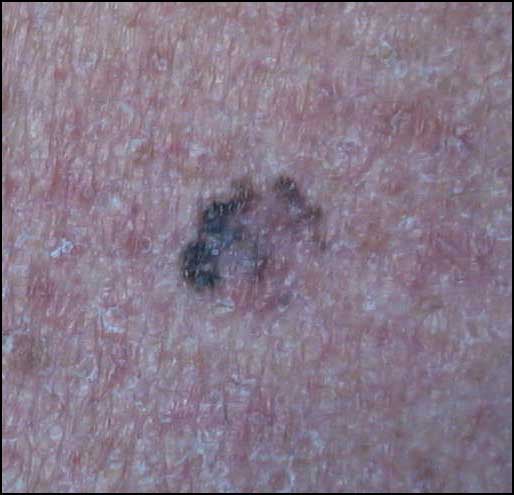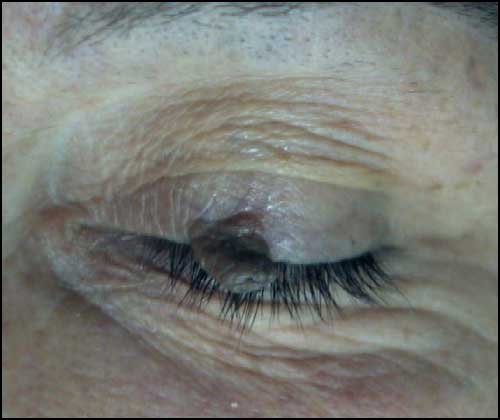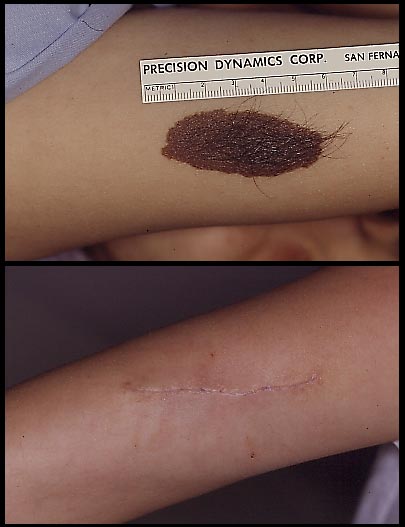
Cutaneous neoformations
 Melanoma
Melanoma
The cutaneous neoformations of surgical interest can show various aspects. The proliferation of a certain tissue depends on several different variants. It is often difficult to go back to the actual cause. In some cases one can think of repeated micro-traumas, in others there might have been excessive UV exposure or contact with chemical or microbiological agents, in many instances, though, the real origin remains unknown. There are also inborn lesions, such as angiomas or congenital nevi. Other lesions appear after birth, remain rather small for a long time and then suddenly start to develop and grow bigger and bigger without any evident explanation. Pigmented lesions (moles, nevi) are no longer considered "untouchable". Up to some years ago it was a widespread belief that their excision would worsen the prognosis, but it is very well known now that prevention is the best of defenses we have towards those forms considered at risk of malignant degeneration.
 Benign verrucose degeneration
Benign verrucose degeneration
The same can be said about non-pigmented cutaneous neoformations. According to the characteristics of the lesion: color, shape and location, it is important to have them periodically checked by a specialist in order to keep track of their development. During the first consultation the doctor will decide the frequency of the following ones and/or plan a little surgical procedure, when needed. The operation will not only allow to correct the problem from both a functional and a cosmetic point of view, but also permit, when necessary, by means of histology, to confirm the previous macroscopic diagnosis and reassure on the adequacy of the excision margins. There are neoformations that do not need histologic examination being their appearance in terms of macroscopic characteristics undoubtedly benign. In these cases the removal can also be performed by means of diathermocoagulation. On the contrary, some lesions, above all pigmented ones, all those that are painful or itchy or show signs of inflammation, ulceration or bleeding need a microscopic evaluation and must be excised with great care for the margins in order to be sure that only healthy tissue is left. These are the cases in which one resorts to the scalpel.
 Pre and post-operative case
Pre and post-operative case
The cutaneous neoformation that we examined has such characteristics that make it worth performing one of the following procedures:
- diathermocoagulation
- diathermocoaculation with wound suturing
- surgical excision with direct wound suturing
- surgical excision associated with a dermo-epidermal graft
- multiple surgical excision
- dermoabrasion
- shaving
Furthermore the excised tissue needs to undergo a histologic examination.
